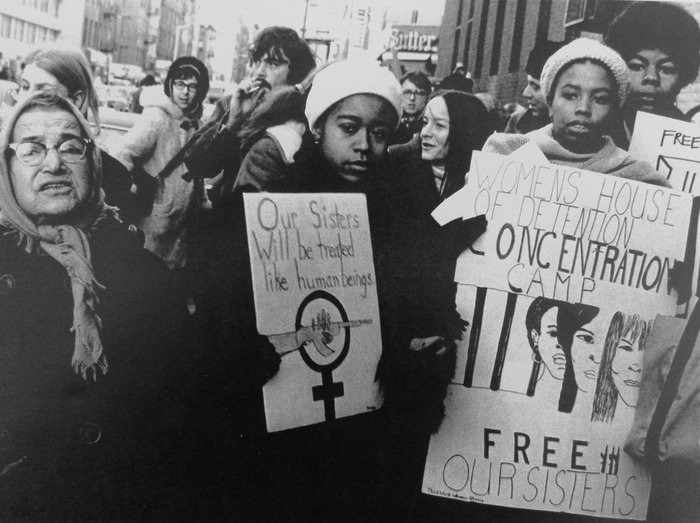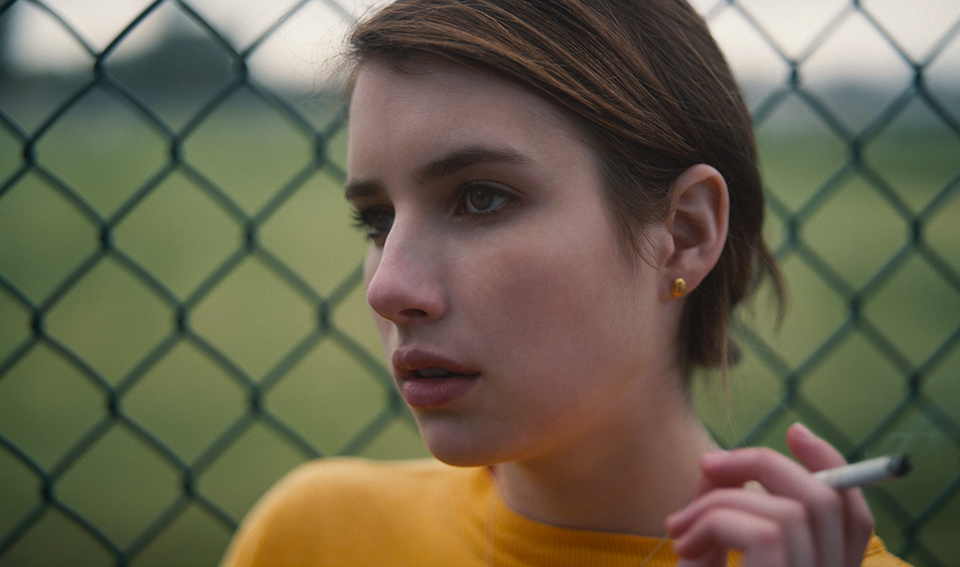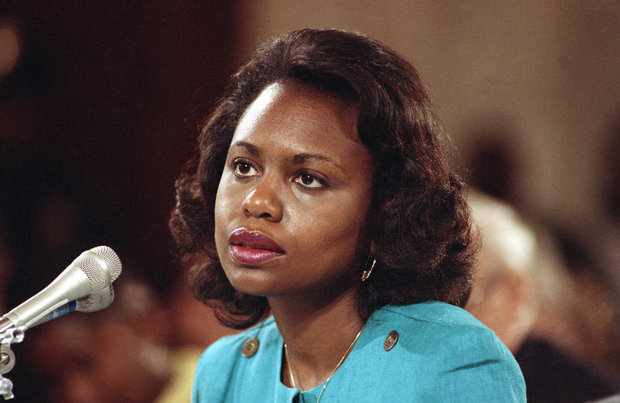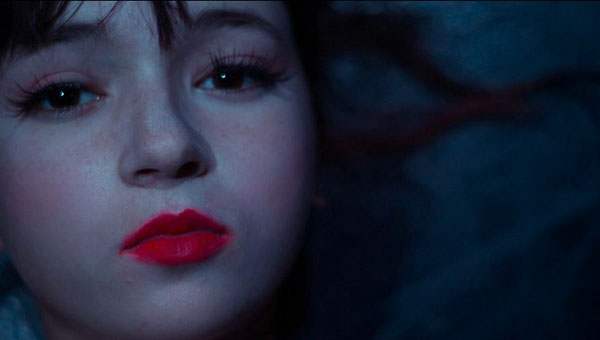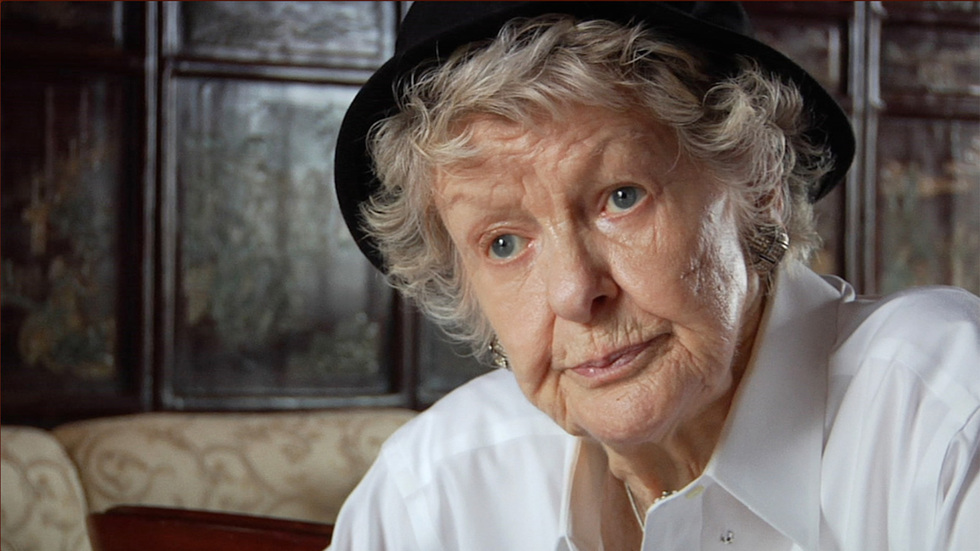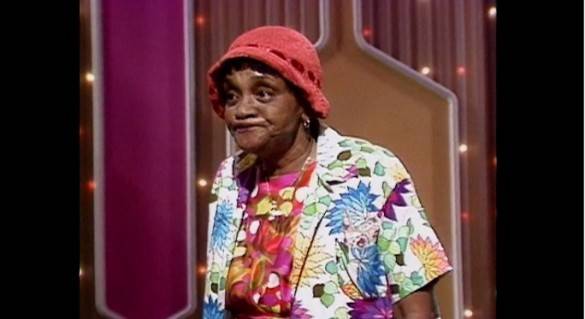The following is a slightly modified repost.
When the young, hippie-ish movie star Shailene Woodley said in an interview that she wasn’t a feminist, many women pointed out that she didn’t seem to know what feminism was. Perhaps Woodley and other women of her generation (she is 22) don’t know what feminism is for the same reason fish don’t know what water is–because it’s all around them and has been for the entirety of their lives.
But looking at contemporary movies and television series (especially those written by men) that take place in the 1960s and early 70s when “the women’s movement,” as it was then called, flourished, one would be hard-pressed to see any evidence of feminist thought, protest or even the untenable circumstances that led women of the era to become feminists. On Mad Men, two women in the late 1960s work in top positions in a not particularly progressive advertising firm. Sexual harassment there is barely a factor: Joan’s “date” with the guy from Jaguar was just a one-time thing–and she became a partner because of it, so in this alternate universe of the 1960s powerful men exploiting the women they work with for sex is unusual and for the women, choosing to acquiesce is a really great career move. Also women in these positions get substantial raises without even asking for them, when in reality women had to sue (or threaten legal action) both to be able to work in a “man’s job” and then to take home anything that resembled a man’s salary (women’s salaries for the same work are lower, even to this day).
Mary Dore’s Kickstarter-funded She’s Beautiful When She’s Angry looks to correct this revisionist history in one of the first documentaries (along with PBS’s Makers which aired last year) to try to offer a comprehensive view of the early days of the women’s movement using archival footage and interviewing the women who were on the frontlines. We don’t see Gloria Steinem, but we do see and hear from an array of (mostly white) other women with varying degrees of fame, from Kate Millett (who along with Steinem was all over the media as a spokesperson for feminism in the early 70s) to less well-known names like Village Voice writer Ellen Willis, former SNCC organizer Fran Beal and early reproductive rights activist Heather Booth. Seeing footage of the women from 40 years ago and then seeing them comment today (or sometime in the 2000s as Willis does, since she died in 2006), we see that the women have, in some ways, broken away from the strict feminist hard-line (which they may never have fully subscribed to, but was very much at the forefront of the early 70s feminism) of no makeup, no hair dye, and no plastic surgery. At least one of the talking heads (Against Our Will writer Susan Brownmiller) has written at length about these personal choices (remember: one of the catchphrases of the movement was “The personal is political”) and the film could use more women talking about themselves and their ideologies shifting through the years, underneath their identity as principled feminists.
We hear very little, beyond the familiar narrative of how-I-discovered-I-needed-feminism, of the ways in which the women’s goals and ideals have changed from their 20s to their 60s or 70s (and beyond), when those of us (especially activists) who are no longer in our 20s know such change is, for most people, inevitable. The closest the film comes to exploring these issues is when Willis tells us that without the feminist movement she doesn’t think she would have been able to both have her career (which, from an early age, she was determined to make happen) and her daughter–and she considers choosing to be a parent one of the best decisions of her life.
Although it’s similar in its conventional structure (the film makes a few passes at experimentalism–actresses reciting feminist writing in front of archival backdrops–which fall flat), Angry is more thorough and less forgettable than Makers (just a few months after seeing it, the only image from the PBS series that sticks with me is a woman in a construction hat), but still seems to put the same, big happy-face sticker–perfectly acceptable to the most middle-of-the-road feminists of today–on what was, like The Black Power Movement, The Young Lords, AIM, and the original Stonewall uprising a revolutionary movement. Popular feminist writers of the time like Shulamith Firestone (whom we see and hear briefly in archival footage) weren’t early prototypes of Sheryl Sandberg offering tips on how to combine a corporate career with raising a family, but true radicals, who called for the destruction of both the nuclear family and capitalism.

The aftermath, when the revolution didn’t come (as it also didn’t for Black, Latino, Indian, and queer radicals), left many activists devastated and depressed: women in feminist groups turned to “trashing” each other (a phenomenon briefly touched on in the film, but more thoroughly explored in this essay by Susan Faludi) and less well-known activists denounced (and even forcibly ejected) some of the early feminist “leaders” (like the Occupy movement, feminism was supposed to be “leaderless”).
While some women, like Marilyn Webb, are philosophical about being “trashed,” Shulamith Firestone (and undoubtedly many other less well-known women) never recovered from her “sisters'” betrayal. Firestone didn’t participate in feminist activism again (though she lived to be in her 60s), eventually developed severe mental illness, spent much time in psychiatric hospitals (documented in her novel Airless Spaces) and died alone and, for many days, undiscovered, in her cluttered apartment.

Angry makes us think that, except for a few isolated incidents like the one that Webb describes, and generational differences (which are mentioned only in passing), along with the tensions between queer women and straight ones in the movement (queer, white feminist activists Karla Jay and Rita Mae Brown narrate that conflict), feminism was one, big, happy family. In fact, even straight, white women who were bestselling superstars like Betty Friedan (The Feminine Mystique) and Germaine Greer (The Female Eunuch) (though she is mainly known today as a transphobe, Greer was, at one time, a fascinating and provocative writer and thinker) had conflicts both in personality (dishily recorded in Greer’s later writing) and in their approach to feminism. In the film’s archival footage of the infamous Town Hall debate with literary blowhard and unrepentant anti-feminist Norman Mailer, Greer gets a laugh when, asked about “the sexual revolution,” she references the quote Gandhi gave when asked his thoughts on Western civilization: “‘I think it would be a good idea’.”
Also largely unexplored are tensions between women of color and white women in the movement, even though (or maybe because) those tensions still exist today. Although a few women of color are interviewed and featured in archival footage in Angry, their inclusion seems perfunctory. In the Q and A after the screening I attended the filmmakers were careful to emphasize that they could tell only so much of the story of early days of feminism (and that they wanted to mostly focus on the work of organizers), but the film seems to go out of its way not to mention prominent women of color of the time: Shirley Chisholm, the first woman, Black or white, to seek the Democratic nomination for US presidency (in 1972, right in the middle of other actions noted in the film); Angela Davis, then a leader in the Black Power movement; Dolores Huerta, leader (and organizer) of the mostly Latino farm workers union; and Alice Walker, one of the first women (of any color) to write bestselling and acclaimed works of fiction that were unapologetically womanist/feminist. Even if the filmmakers were trying to avoid material more thoroughly covered in other documentaries, the omission of these women–along with that of civil rights leader Fannie Lou Hamer at the beginning, when white women speak about their own experiences in the civil rights movement and how “inspiring” they found the Black women within it–risks flinging this film into irrelevance. Keeping these women out of the discussion is as careless and puzzling as omitting mention of bell hooks, Roxane Gay, Chimamanda Ngozi Adichie and even Beyoncé in an overview of feminism today.
She’s Beautiful When She’s Angry won an audience award for “Best Documentary” at The Independent Film Festival of Boston (where I saw it), but for the standing ovation I kept my butt in the seat. Although I see the importance of the film, and understand that we need many more films about second-wave feminism (what we really need is a detailed and multi-part series which covers these events, like the great Eyes on the Prize covered the civil rights movement), I was also a little bored and sleepy in parts, even though I’m interested–to the point of obsession–in the subject matter. The filmmakers said in the Q and A that they wanted to show, among other things, how to organize around issues, but we could learn as much about activism and organizing from the failures of the women’s movement as we can from its successes: a film with a less sunny outlook would have been a better one. “This is what a feminist looks like,” a crowd chants as we see examples of many different kinds of feminists in a present-day march. Next to those women, She’s Beautiful When She’s Angry’s portrait of “This is what feminism looked like,” seems lacking.
She’s Beautiful When She’s Angry opened in New York on Dec.5, will open in Los Angeles on Dec. 12 and will be open in other US cities from the rest of December through March. See http://www.shesbeautifulwhenshesangry.com/findascreening/ for more info.
[youtube_sc url=”https://www.youtube.com/watch?v=gJYXmyrjlac”]
___________________________________________________
Ren Jender is a queer writer-performer/producer putting a film together. Her writing. besides appearing every week on Bitch Flicks, has also been published in The Toast, RH Reality Check, xoJane and the Feminist Wire. You can follow her on Twitter @renjender












